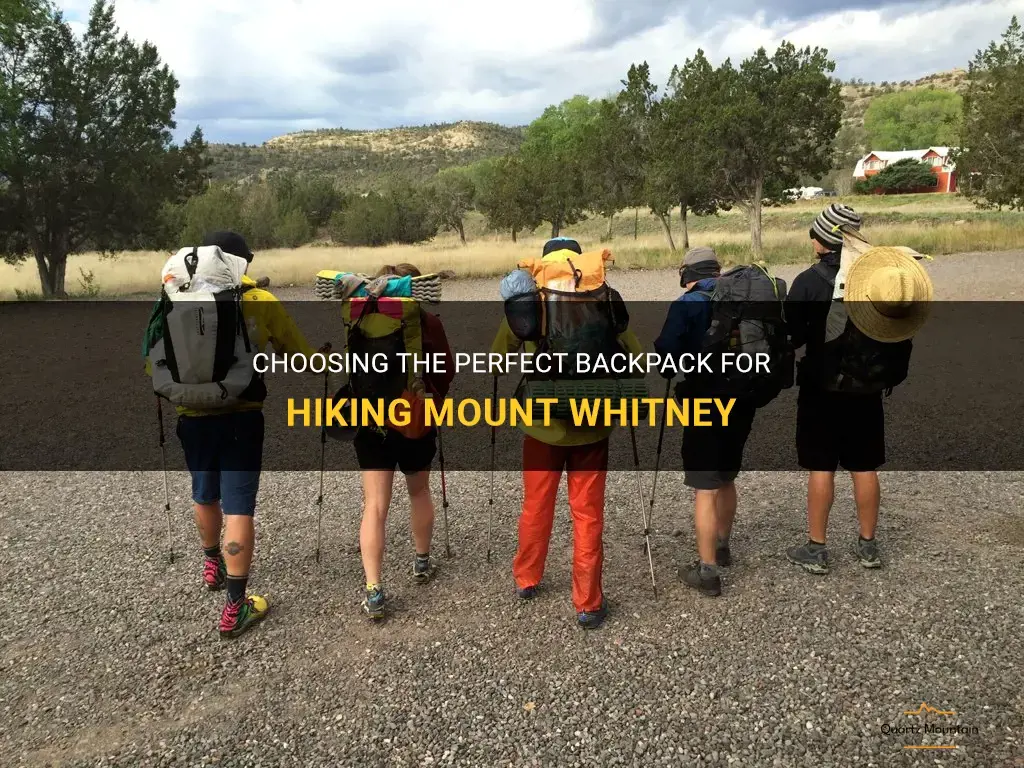
If you're planning to conquer the tallest peak in the contiguous United States, Mount Whitney, you'll want to make sure you have the perfect backpack to carry all your essential gear. The right backpack can make a world of difference, ensuring that you're comfortable and prepared for the challenging journey ahead. In this guide, we'll explore what factors to consider when choosing the perfect backpack for hiking Mount Whitney, so you can focus on the breathtaking views and accomplish this incredible feat with ease.
| Characteristics | Values |
|---|---|
| Distance | 22 miles round trip |
| Elevation gain | 6,100 feet |
| Altitude | Summit at 14,505 feet |
| Duration | 1-3 days |
| Difficulty | Strenuous |
| Weather | Varies, can be extreme |
| Water availability | Limited, need to carry water |
| Camping | Available along the trail |
| Permits | Required |
| Bears and wildlife | Common, bear canisters required |
| Trail conditions | Well-maintained but can be rocky |
| Navigation | Well-marked trail |
| Gear | Proper hiking gear and layers |
| Experience level | Advanced hikers only |
| Safety precautions | Acclimatize, carry emergency supplies |
| Responsiveness | Limited cell phone reception |
| Leave no trace principles | Strictly observed |
| Wilderness regulations | Must adhere to regulations |
| Training | Physical fitness required |
| Summit time | Start early to avoid afternoon storms |
What You'll Learn
- What factors should be considered when determining the appropriate size pack for hiking Mt. Whitney?
- Is it better to err on the side of a larger or smaller pack when planning a hike up Mt. Whitney?
- Are there specific guidelines or recommendations for pack sizes based on the duration of the hike up Mt. Whitney?
- What are the advantages and disadvantages of choosing a larger pack versus a smaller pack for hiking Mt. Whitney?
- Are there any specific gear or equipment requirements that may influence the size of the pack needed for hiking Mt. Whitney?

What factors should be considered when determining the appropriate size pack for hiking Mt. Whitney?
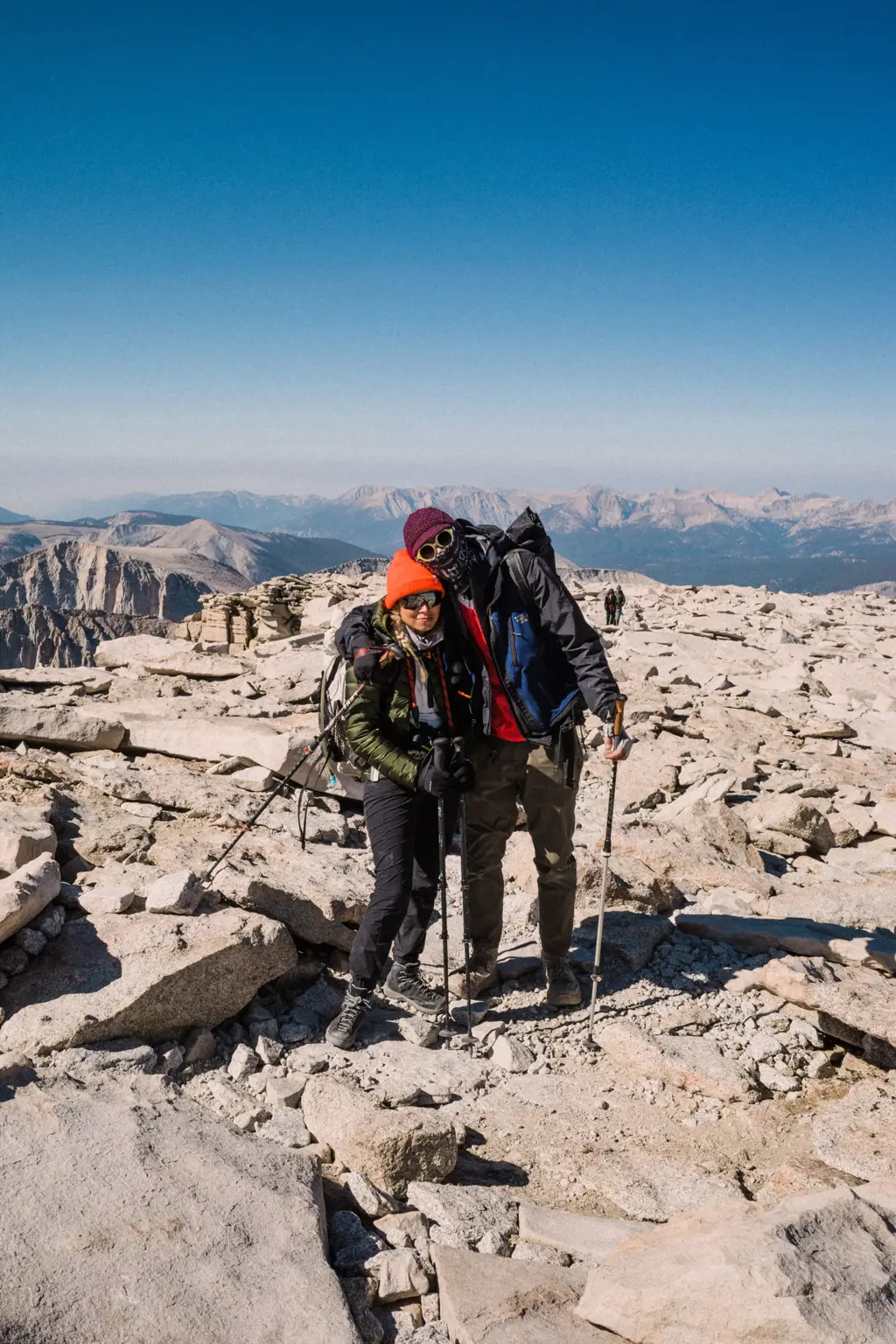
When planning a hike up Mt. Whitney, one of the most important factors to consider is the appropriate size pack to bring. The size of your pack will determine how much gear and supplies you can carry, and it can greatly impact your comfort and overall experience on the hike. Here are some key factors to consider when determining the appropriate size pack for hiking Mt. Whitney.
- Duration of the Hike: The first thing to consider is how long you plan to be on the mountain. The longer the hike, the more gear and supplies you will need, and thus a larger pack will be necessary. For a day hike, a small to medium-sized pack will suffice, while a multi-day hike will require a larger pack to accommodate camping gear, food, and extra clothing.
- Season and Weather Conditions: The weather on Mt. Whitney can be unpredictable, and it is essential to be prepared for a wide range of conditions. In the winter months, you may need to carry extra layers, a warmer sleeping bag, and mountaineering equipment, which will require a larger pack. In the summer, you can get away with a smaller pack since the weather is generally warmer and more stable.
- Personal Needs and Comfort: Consider your personal needs and comfort level when selecting a pack size. If you tend to pack lightly and prefer a minimalist approach, a smaller pack may be sufficient. On the other hand, if you like to be well-prepared and carry extra supplies for peace of mind, a larger pack may be more suitable. Additionally, take into account your body size and shape. It is crucial to select a pack that fits properly and distributes weight evenly to avoid discomfort or injury.
- Weight of Gear: The weight of your gear will play a significant role in determining the appropriate pack size. Before heading out on the hike, make a detailed list of all the essential items you will need, including clothing, sleeping gear, cooking equipment, and personal items. Weigh each item to get an accurate estimate of how much weight your pack will need to carry. This will help you choose a pack with an appropriate capacity and ensure you do not exceed the recommended load for your body.
- Pack Features and Organization: Consider the features and organization options offered by different pack sizes. Look for a pack with multiple compartments, pockets, and attachment points to help keep your gear organized and easily accessible. Pay attention to details such as water bottle holders, external gear loops, and compression straps, as these can make a big difference in convenience and efficiency on the trail.
- Experience and Skill Level: Your level of hiking experience and skill should also be taken into account when selecting a pack size. If you are new to hiking or have limited experience in high-altitude environments, it may be wise to choose a larger pack to carry extra safety gear, emergency supplies, and additional food and water. As you gain more experience and confidence, you can gradually downsize your pack to a smaller size.
In conclusion, determining the appropriate size pack for hiking Mt. Whitney involves considering factors such as the duration of the hike, season and weather conditions, personal needs and comfort, weight of gear, pack features and organization, and your experience and skill level. By taking these factors into account, you can select a pack that will allow you to carry all the necessary gear and supplies while ensuring your comfort and enjoyment on the mountain.
Essential Items to Pack for a Trip to Rwanda
You may want to see also

Is it better to err on the side of a larger or smaller pack when planning a hike up Mt. Whitney?
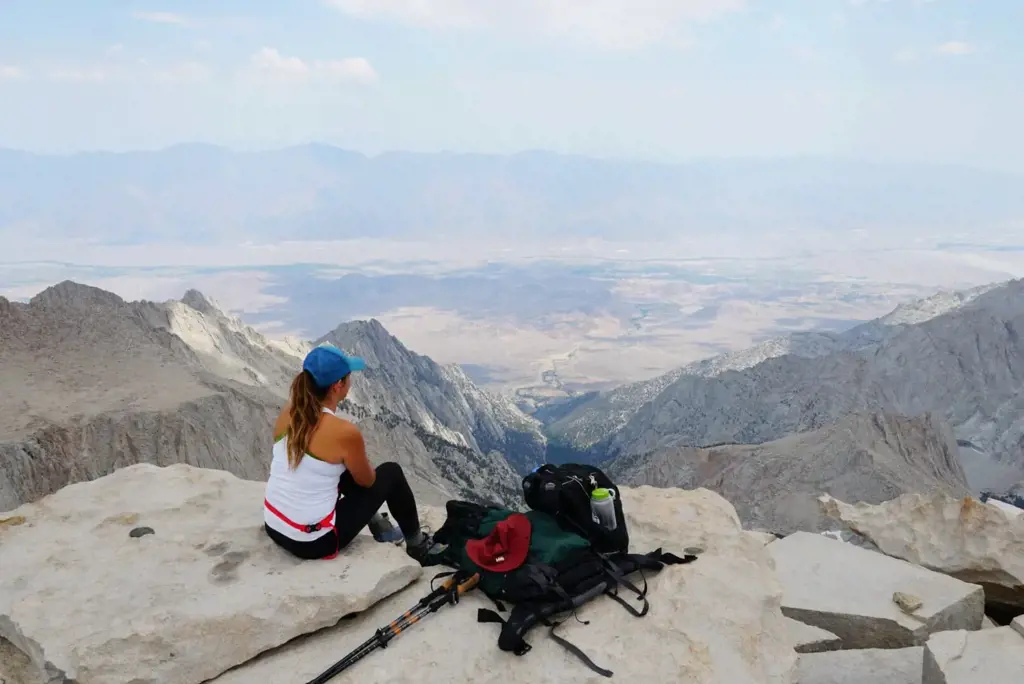
When planning a hike up Mt. Whitney, one of the most important considerations is the size of your backpack. A backpack that is too small can leave you without essential gear and supplies, while a backpack that is too large can be cumbersome and make the hike more difficult than it needs to be. So, is it better to err on the side of a larger or smaller pack when planning a hike up Mt. Whitney?
The answer to this question really depends on your personal preferences and hiking experience. Some hikers prefer to carry a larger pack and be prepared for any situation, while others prefer a smaller pack to minimize weight and streamline their hike. Let's examine the advantages and disadvantages of each approach.
A larger pack allows you to carry more gear and supplies, which can be advantageous in certain situations. For example, if you plan to do any camping or overnight stays on the trail, a larger pack will give you the space to carry a tent, sleeping bag, and other necessary camping gear. It also provides room for extra clothing layers, food, and water, which can be critical in the unpredictable weather conditions often experienced on Mt. Whitney.
Additionally, a larger pack can provide a sense of security and peace of mind. Knowing that you have all the necessary gear and supplies can alleviate anxiety and allow you to fully enjoy the hike. It also gives you the flexibility to assist other hikers who may be in need of help or supplies along the trail.
However, there are some drawbacks to carrying a larger pack. The extra weight can make the hike more physically demanding, and you may find yourself fatigued more quickly. It can also limit your mobility and make it harder to navigate challenging sections of the trail. Furthermore, a larger pack can be more difficult to pack and organize, making it harder to find and access specific items when needed.
On the other hand, a smaller pack offers a lighter and more streamlined hiking experience. With a smaller pack, you can travel faster and more efficiently, which can be especially beneficial if you plan to complete the hike in a single day. A smaller pack also forces you to prioritize and only carry the essential items, reducing the risk of overpacking and unnecessary burden.
However, the downside of a smaller pack is obvious - it limits your carrying capacity. You may need to make sacrifices in terms of gear and supplies, and this can impact your preparedness for unforeseen situations. It is crucial to carefully plan and prioritize your gear to ensure you have everything you need while keeping the weight to a minimum.
Ultimately, the decision to err on the side of a larger or smaller pack should be based on your hiking experience, personal preferences, and the specific requirements of the Mt. Whitney hike. It is recommended to research the trail conditions, weather forecasts, and speak with experienced hikers before making a decision. Consider your fitness level, the length and duration of your hike, and the season in which you plan to hike. With careful planning, you can find the perfect balance between carrying the necessary gear and keeping the weight manageable.
In conclusion, there is no one-size-fits-all answer to the question of whether it is better to err on the side of a larger or smaller pack when planning a hike up Mt. Whitney. It ultimately comes down to personal preference and a careful assessment of the specific requirements of the hike. Whatever pack size you choose, make sure to prioritize safety, comfort, and preparedness to ensure an enjoyable and successful hike.
The Essential Princess Packing List: What to Pack for a Royal Adventure
You may want to see also

Are there specific guidelines or recommendations for pack sizes based on the duration of the hike up Mt. Whitney?
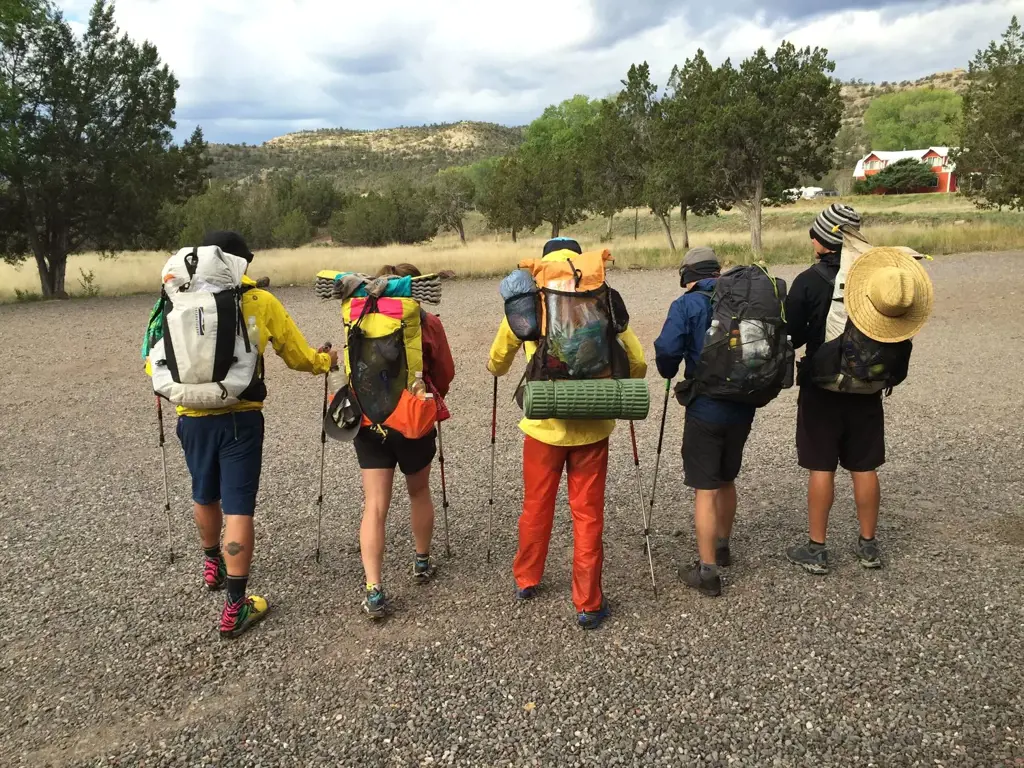
When planning to hike up Mt. Whitney, the highest peak in the contiguous United States, it is crucial to be prepared and pack the right supplies. One important consideration is the pack size, which refers to the volume or capacity of the backpack you will be carrying during the hike. The duration of the hike plays a significant role in determining the appropriate pack size. Let's explore some guidelines and recommendations for pack sizes based on the duration of the hike up Mt. Whitney.
Day Hikes:
For hikers attempting a day hike, which entails summiting and returning to the trailhead within a single day, a smaller pack size may be sufficient. A pack with a volume ranging from 15 to 30 liters should be able to accommodate the necessary essentials. These may include food, water, a first aid kit, extra clothing layers, sunscreen, a map, a compass, a headlamp, and personal items. It is essential to pack efficiently and prioritize weight savings for a smooth and comfortable experience.
Overnight Hikes:
For overnight hikes, hikers have the option to camp at designated campgrounds along the trail or set up a base camp before attempting the summit. When planning an overnight hike, pack sizes between 30 and 50 liters should be considered. These larger packs can accommodate not only the essentials mentioned for day hikes but also additional camping gear such as a tent, sleeping bag, sleeping pad, cooking equipment, and food for multiple meals. It is important to select lightweight and compact gear to minimize the overall weight and bulkiness of the pack.
Multi-Day Hikes:
For more experienced hikers attempting multi-day hikes up Mt. Whitney, the pack size will depend on the number of days planned for the trip. This type of hike requires carrying all necessary gear and supplies for the entire duration of the hike. Pack sizes ranging from 50 to 70 liters or even larger may be required, depending on the amount of gear needed. Hikers should consider factors such as weather conditions, potential emergencies, and personal preferences when determining the appropriate pack size.
It is worth noting that the above guidelines are general recommendations and should be adjusted based on individual needs and preferences. It is essential to consider factors such as personal fitness level, hiking experience, weather conditions, and the availability of water sources along the trail.
Additionally, hikers should make an effort to minimize the weight of their packs by selecting lightweight gear, packing only essential items, and optimizing food choices for nutrition and weight. It is crucial to strike a balance between carrying enough supplies for comfort and safety while avoiding unnecessary weight that can lead to fatigue and increased risk of injury.
In conclusion, when planning a hike up Mt. Whitney, the appropriate pack size depends on the duration of the hike. Day hikes typically require smaller packs, while overnight and multi-day hikes demand larger pack sizes to accommodate camping gear and supplies. It is important to consider individual needs, weather conditions, and weight-saving strategies to ensure a safe and enjoyable hiking experience.
Essential Items to Pack for a Perfect Picnic Lunch
You may want to see also

What are the advantages and disadvantages of choosing a larger pack versus a smaller pack for hiking Mt. Whitney?
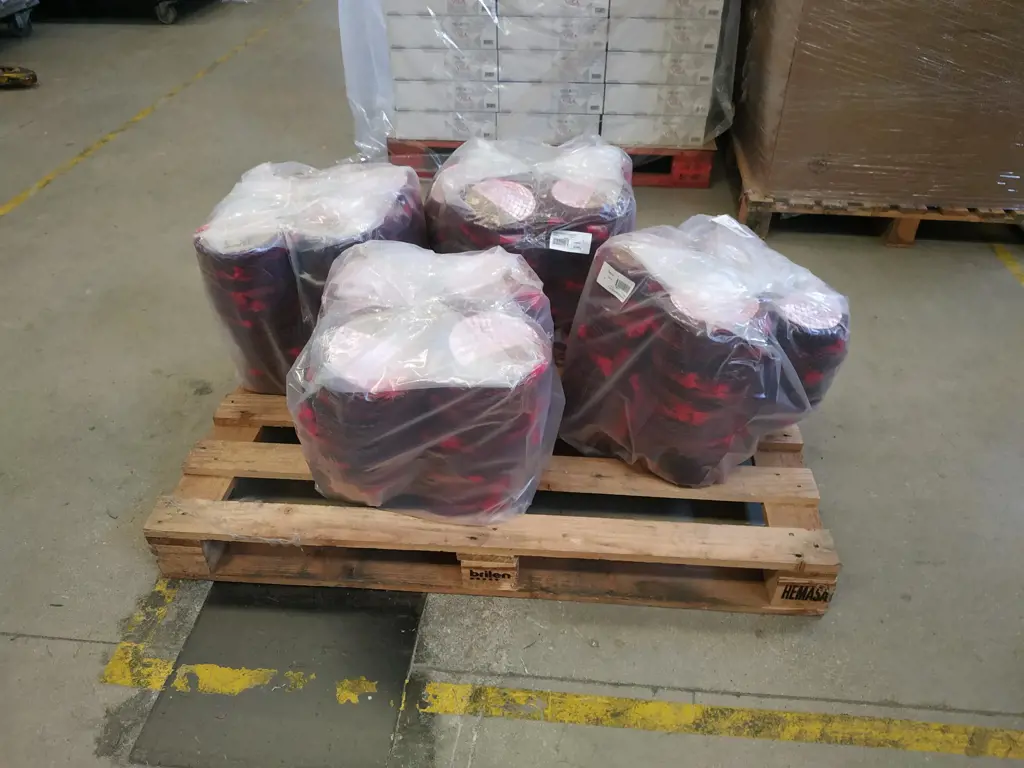
When preparing for a hike up Mt. Whitney, one of the most important decisions you'll need to make is choosing the right backpack size. The size of your pack can greatly affect your comfort and ability to carry all the necessary gear for a successful trip. In this article, we'll explore the advantages and disadvantages of choosing a larger pack versus a smaller pack for hiking Mt. Whitney.
Advantages of choosing a larger pack:
- Increased carrying capacity: One obvious advantage of a larger pack is the increased carrying capacity. Mt. Whitney is known for its unpredictable weather and changing terrain, so having extra space in your pack allows you to carry additional layers of clothing, extra food and water, and other essential items. This can be especially important if you're planning a multi-day hike and need to carry camping gear.
- Enhanced organization: With a larger pack, you'll have more compartments and pockets to organize your gear. This can make it easier to access items when needed and keep everything neatly separated. Being organized on the trail can save you time and frustration, allowing you to focus on the beautiful scenery and enjoy the experience.
- Improved weight distribution: A larger pack often comes with a more robust suspension system, including padded shoulder straps and a waist belt. These features help distribute the weight more evenly across your body, reducing strain and discomfort on your shoulders and back. This can be particularly beneficial when carrying heavy loads or hiking over long distances.
Disadvantages of choosing a larger pack:
- Increased weight: The main downside of choosing a larger pack is the increased weight. Even if you don't fill your pack to its maximum capacity, the pack itself will weigh more than a smaller counterpart. This additional weight can be tiring over the course of a long hike, especially when climbing steep sections or navigating rocky terrain.
- Bulkiness and maneuverability: A larger pack can be bulkier and less maneuverable compared to a smaller pack. This can make it challenging to navigate narrow trails or squeeze through tight spaces. It can also throw off your balance, making it more difficult to maintain stability on uneven terrain. If you're planning on scrambling or climbing during your Mt. Whitney hike, a smaller pack may be a better option.
- Overpacking temptation: When you have extra space in your pack, there's a tendency to overpack and bring unnecessary items. Carrying more weight than needed can slow you down and make the hike more exhausting than it needs to be. It's important to exercise restraint and only pack the essentials, regardless of the size of your pack.
In conclusion, choosing between a larger pack and a smaller pack for hiking Mt. Whitney is a decision that should be based on your individual needs and preferences. While a larger pack offers increased carrying capacity, enhanced organization, and improved weight distribution, it also comes with the drawbacks of increased weight, bulkiness, and the temptation to overpack. Consider the length of your hike, the terrain you'll encounter, and the gear you'll need to carry before making your final decision. Remember, the most important factor is ensuring your pack is comfortable and suits your specific needs for a successful and enjoyable hike up Mt. Whitney.
The Most Effective Order to Pack Your House When Moving
You may want to see also

Are there any specific gear or equipment requirements that may influence the size of the pack needed for hiking Mt. Whitney?
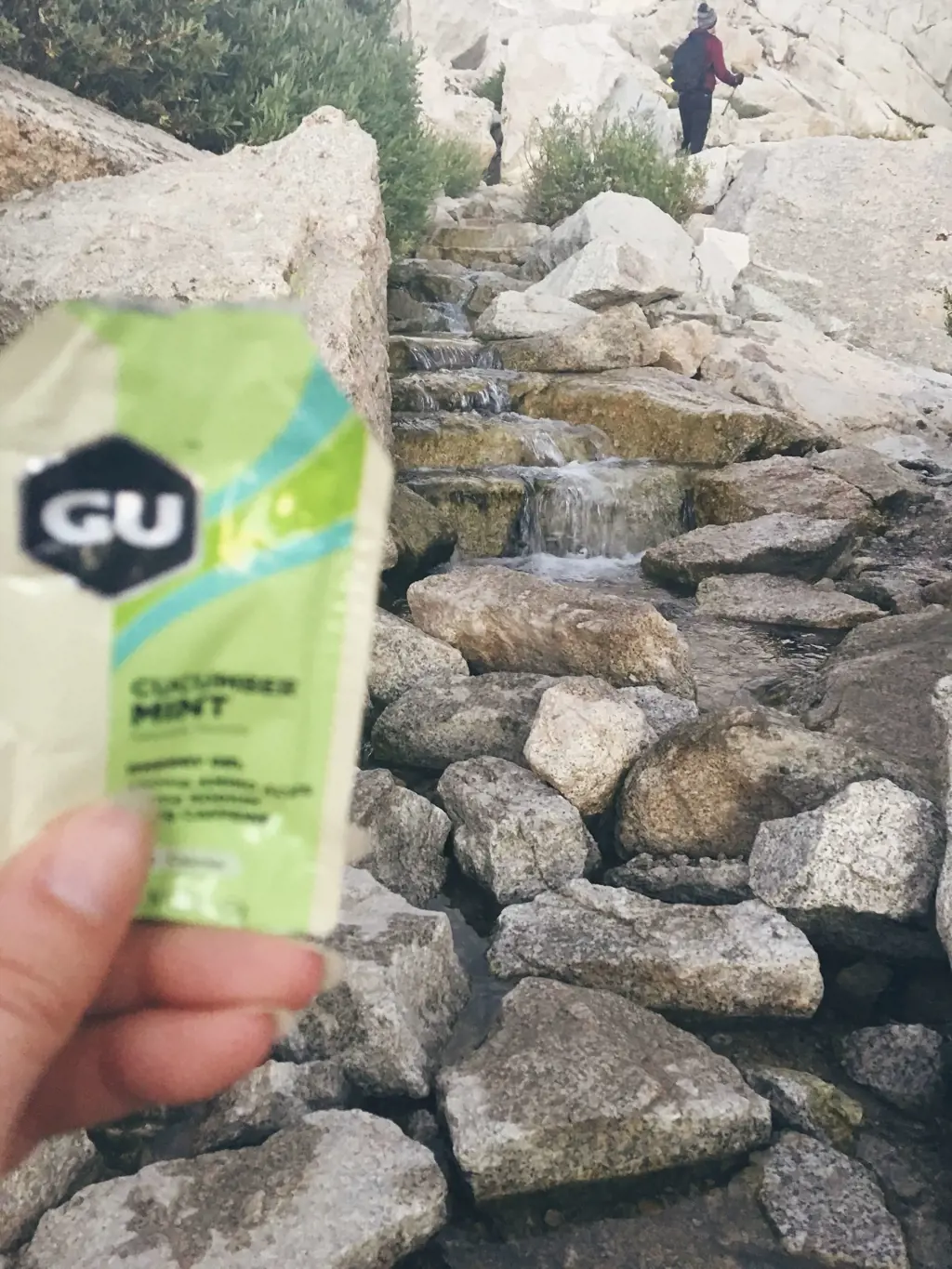
When it comes to hiking Mt. Whitney, one of the tallest peaks in the United States, having the right gear and equipment is crucial for a successful journey. However, the specific gear or equipment requirements for this hike may influence the size of the pack needed.
First and foremost, it is essential to have a comfortable and sturdy backpack. The size of the pack will depend on the length of your hike and the amount of gear you need to carry. For a day hike, a smaller pack with a capacity of around 20-30 liters would be sufficient. However, if you plan to do an overnight or multi-day hike, a larger pack with a capacity of 50 liters or more may be necessary to accommodate your camping gear and extra clothing.
In terms of gear, it is important to have appropriate hiking boots or shoes that provide good ankle support and traction. The terrain on Mt. Whitney can be rugged and challenging, so having footwear that can handle it is crucial. Additionally, carrying hiking poles can provide extra stability and reduce strain on your knees and legs, especially during the descent.
Clothing-wise, it is essential to dress in layers to accommodate for changing weather conditions. Mt. Whitney is known for its dramatic weather shifts, so having a waterproof and breathable jacket is a must. It is also advisable to pack a warm hat, gloves, and thermal base layers, especially if you plan to hike during colder months or at higher elevations.
Another gear requirement that may influence the size of your pack is the need for a bear canister. Mt. Whitney is located in bear country, and it is mandatory to carry a bear-resistant food storage container. Bear canisters are usually bulky and take up a significant amount of space in your pack. Therefore, you may need to consider a larger pack if you plan to hike Mt. Whitney and need to carry a bear canister.
Furthermore, it is crucial to carry enough water and hydration systems. Mt. Whitney is located at high elevation, and staying hydrated is essential to prevent altitude sickness. It is recommended to carry at least 2-3 liters of water per person per day. You can opt to carry a hydration bladder in your pack or use water bottles that can be attached to the outside of your pack.
Lastly, it is essential to have a proper navigation system, such as a map and compass or a GPS device. Mt. Whitney has several different trails, and it is important to know your route and be able to navigate accurately. Carrying a GPS device can be helpful, especially if you are not familiar with the area or are hiking during periods of low visibility.
In conclusion, the specific gear and equipment requirements for hiking Mt. Whitney may influence the size of the pack needed. Factors such as the length of your hike, the need for camping gear, the requirement of a bear canister, and the necessity of carrying enough water and navigation systems will all impact the size of your pack. It is important to carefully consider these factors and choose a pack that is comfortable, sturdy, and able to accommodate all the necessary gear for a successful hike up Mt. Whitney.
The Must-Have Clothing Items for a Bahamas Cruise
You may want to see also
Frequently asked questions
The size of the pack you should bring to hike Mt. Whitney depends on the length of your trip and the amount of gear you plan to carry. For day hikes, a smaller pack with a capacity of around 20-30 liters should be sufficient to carry essential items such as food, water, extra clothing, and basic safety equipment. If you plan to camp overnight, you'll need a larger pack with a capacity of around 50-70 liters to accommodate additional gear like a tent, sleeping bag, sleeping pad, and cooking supplies.
The decision between a larger pack for extra storage or a smaller pack for less weight depends on your personal preference and the specific needs of your trip. If you prioritize lightweight and streamlined gear, a smaller pack can help reduce unnecessary weight and make your hike more comfortable. However, if you plan to bring additional equipment or want the flexibility to carry extra supplies, a larger pack with more storage capacity may be a better choice. It's important to strike a balance between weight and functionality to ensure that you have all the necessary gear without being overloaded.
There are no specific size restrictions for backpacks on Mt. Whitney, but it's important to consider the limitations of your physical capabilities and the requirements of your hike. Carrying a pack that is too large and heavy can make the hike more challenging and uncomfortable, while a pack that is too small may not have enough space to carry all the necessary gear. It's important to carefully assess your needs and choose a pack size that is appropriate for your trip. Additionally, check with the regulations set by the Whitney Portal or any local authorities for any specific guidelines or requirements.







